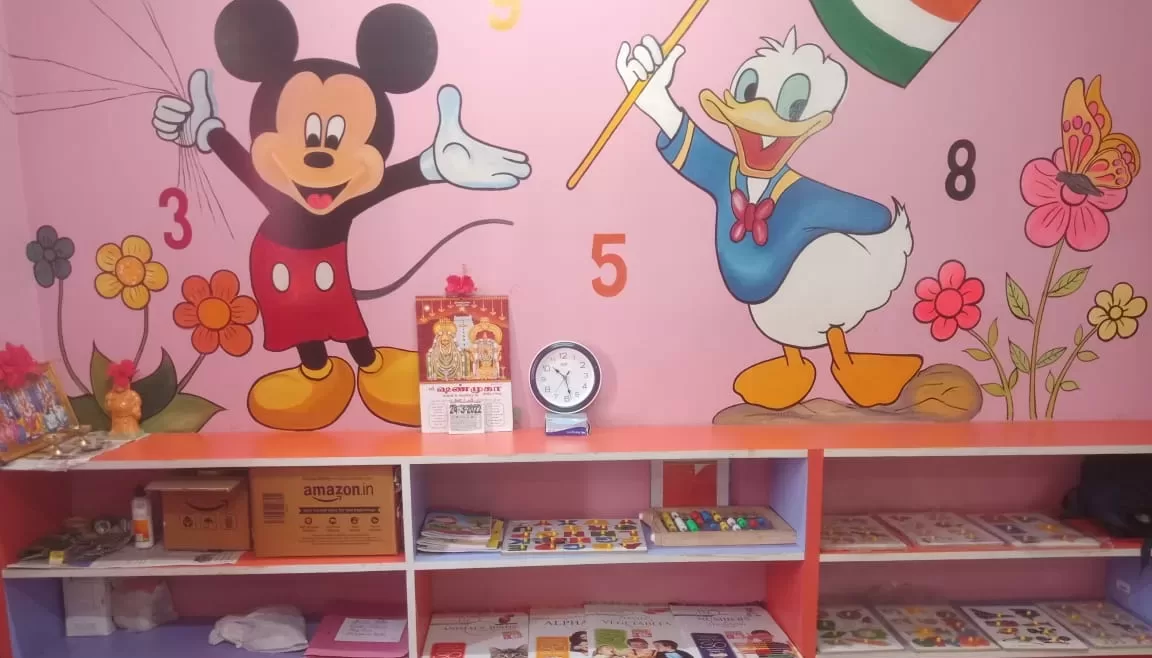In today’s world, schools are expected to provide a supportive and inclusive environment that caters to the diverse needs of all students, including those with disabilities. As the number of children with developmental delays and special needs continues to rise, schools must have a range of resources and infrastructure in place to help them and their parents.
The most critical resource that schools should consider is having trained personnel to work with children with special needs. Special education teachers, school psychologists, occupational therapists, speech-language pathologists, and behavior specialists can provide specialized instruction, assessment, and support services to students with disabilities. These professionals can work with students to develop individualized education plans (IEPs) that meet their unique needs and help them achieve their goals.
Another resource that is critical to welcoming children with special needs into schools is accessible facilities. This includes ramps, elevators, and accessible restrooms. These facilities help children with mobility issues navigate their environment with ease and can help to prevent injuries.
Having a robust special education program is also essential. It should include access to specialized instruction, assistive technology, and related services such as occupational therapy, speech therapy, and counseling. These services should be designed to meet the individual needs of each student with a disability, and schools should work with parents to develop an IEP that is tailored to their child’s unique strengths and challenges.
Accommodations and modifications are also necessary to help students with special needs access the curriculum and participate in school activities. These may include things like extra time on tests, preferential seating, or specialized equipment. Schools should work to create a safe and inclusive environment for all students, including those with special needs. This may include training staff on disability awareness and sensitivity, providing social-emotional learning supports, and implementing positive behavior interventions and supports.
Effective communication is another critical resource that schools should consider. Regular communication with parents of children with special needs is crucial. This includes progress updates, meetings to discuss their child’s IEP, and opportunities for parents to provide feedback. Schools should also provide information to parents about community resources and support services for children with special needs, such as referrals to local agencies, parent support groups, or recreational activities that are designed for children with special needs.
In summary, providing effective support for children with special needs and their families requires a collaborative effort between schools, families, and community resources. With the right resources and infrastructure in place, schools can help to ensure that all students have access to a high-quality education that meets their individual needs. It is important to remember that every child is unique, and their needs must be assessed and addressed on an individual basis. By working together, we can create a more inclusive and supportive learning environment for all students.




